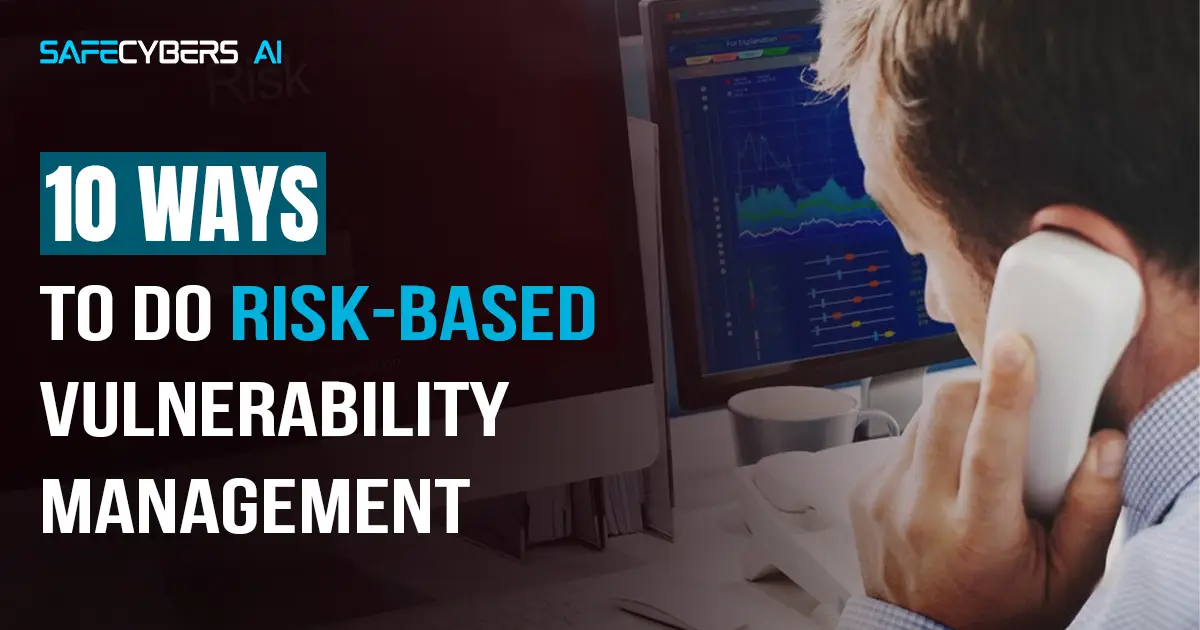
10 Ways To Do Risk-Based Vulnerability Management
Discover 10 effective strategies for implementing risk-based vulnerability management in your cybersecurity framework. Learn how to prioritize threats, mitigate risks, and enhance your organization's security posture.

The importance of keeping our digital assets secure cannot be overstated where almost everything is online. Businesses and individuals alike face the constant threat of cyber-attacks. One crucial aspect of maintaining digital security is Risk-Based Vulnerability Management. In this blog, we'll break down this complex concept into 10 simple and practical steps that anyone can follow.
Identify Your Assets:
Start by making a list of all the digital things you care about – websites, servers, computers, and even mobile devices. Knowing what you have is the first step in protecting it.
Understand the Risks:
Once you know what you have, think about what could go wrong. Identify potential weaknesses or vulnerabilities. The more you find, the better you can protect against intruders.
Prioritize Your Risks:
Not all risks are created equal. Some vulnerabilities are more critical than others. Focus on fixing the ones that could cause the most harm first.
Regular VAPT Testing:
Vulnerability Assessment and Penetration Testing (VAPT) is similar to having a digital security checkup. Regularly test your systems to find and fix vulnerabilities.
Update Regularly:
Just like you update your phone or computer for new features, you should also update them for security. Developers often release updates to fix vulnerabilities. By keeping everything up-to-date, you're patching up any potential holes.
Educate Your Team:
Humans are often the weakest link in digital security. Train your team or colleagues about the importance of security, teach them about phishing emails, and help them recognize potential risks.
Use Strong Passwords:
Passwords are highly crucial for protecting your assets. Make sure they are strong and unique. Avoid using the same key for all your doors, just like you wouldn't use the same password for all your accounts.
Implement Access Controls:
Not everyone in your house needs access to every room. Similarly, not everyone in your organization needs access to all digital assets. Implement access controls to limit who can access what. This reduces the risk of unauthorized access.
Monitor and Respond:
Your digital space needs security cameras installed too. Monitor for any unusual activities and respond quickly.
Regularly Review and Adjust:
The digital world is always changing. Regularly review your security measures and adjust them accordingly.
Conclusion:
In conclusion, Risk-Based Vulnerability Management is not just for tech experts. By following these 10 simple steps, you can significantly enhance the security of your digital space. Just as you take precautions to secure your home, taking steps to secure your digital assets is equally important in today's interconnected world.